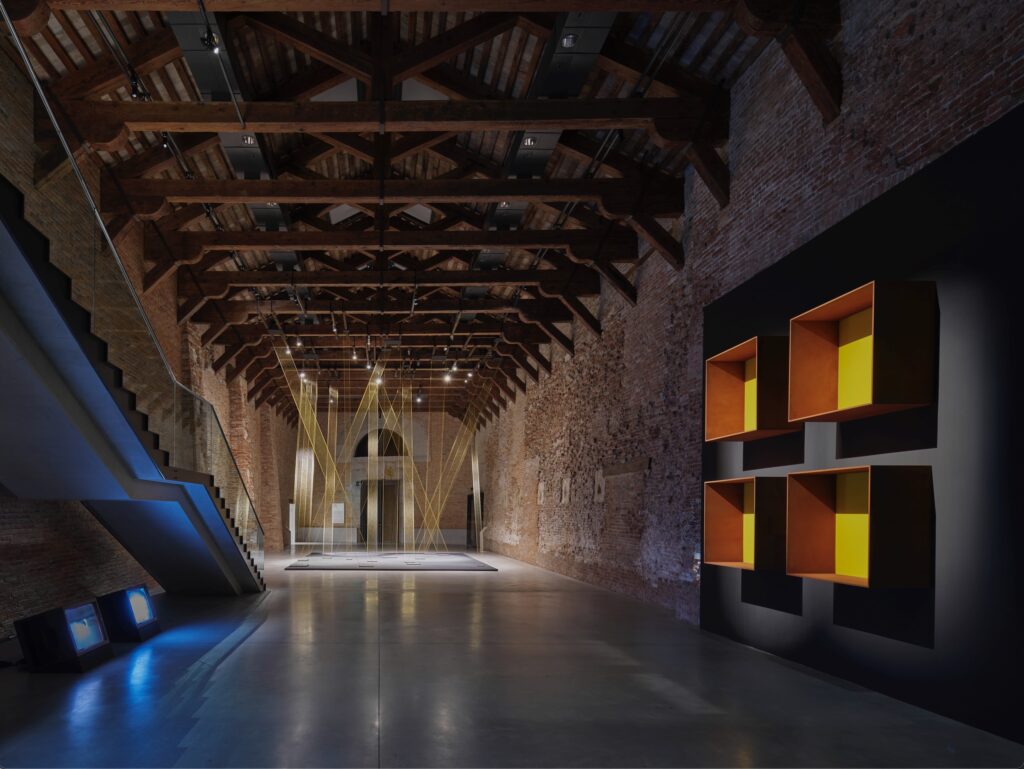Lecture by Prof. Federica Goffi — Architecture in Conversion: From Carlo Scarpa to the Present
April 23, 2025

Professor Federica Goffi will deliver an invited lecture, Architecture in Conversion: From Carlo Scarpa to the Present, on May 6 in Verona, Italy.
Dr. Goffi will present the notion of “architecture in conversion” as it contributes to the discourse on the adaptability practices for heritage and non-heritage buildings. Her forthcoming book, Architecture in Conversion and the Work of Carlo Scarpa, will be published in December 2025.

The lecture is hosted at the Museo Degli Affreschi G.B. Cavalcaselle (Galtarossa Room) and organized by Dr. Ketty Bertolaso, curator of the Carlo Scarpa Archive at Museo di Castelvecchio in Verona.
Alba Di Lieto, adjunct professor at Politecnico di Milano, will introduce the talk. She is the former executive architect of the city museums in Verona, as well as the former curator of the Carlo Scarpa Archive.
Architecture in conversion considers how sites incorporate change over long periods through the conversions of time, weather, and tempo, manifesting the potentiality of adaptability in architecture, explains Goffi.
She will discuss conversion beyond the idea of change of use, relying on an analysis of the work of architect Carlo Scarpa (1906–1978) and others who embraced the need for sustained change and building alterations through design dialogue during the Modern and contemporary periods.

The lecture will also include a discussion of recent conversion projects by David Chipperfield and Tadao Ando in Venice (Figure 2).
“While Scarpa’s work escaped classification and has sometimes been regarded as idiosyncratic, there is a place in the contemporary imaginary for that which is not yet encoded by the conventions of architectural practices,” says Goffi.
The talk is part of a conference series presented by the Civic Museums of Verona in collaboration with the University of Verona and with the support of the Friends of the Civic Museums of Verona, Italy.

Architecture in Conversion and the Work of Carlo Scarpa
Professor Federica Goffi’s forthcoming book, Architecture in Conversion and the Work of Carlo Scarpa, will be published by Lund Humphries in December 2025.
The book focuses on architecture as a manifestation of human culture to expand the understanding of conversion as an alteration practice informed by socio-cultural, geo-political, economic, or religious elements that, depending on intent, can renew, adapt, or incorporate, but also erase, assimilate or appropriate architecture and its constructs.
While drawing into focus the practice of conversion, this book does not seek to attempt a comprehensive description of Scarpa’s work or a comprehensive theory of adaptability in architecture. Instead, it offers an interpretation of conversion practices as an approach to intervening in a historical context based on Scarpa’s work as a key example to begin to unravel the many plural and transhistorical stories of conversion.
Scarpa’s drawings and photography by Prakash Patel illustrate the publication.
Over the past 10 years, Dr. Goffi’s research has focused on the notion of architecture in conversion especially through the work of Carlo Scarpa, studying his drawings and built work in Venice, Verona, Treviso, Possagno, Altivole, and Palermo.
Her research concerns the renewal of buildings, whether they be heritage or not, questioning the relationship between architecture and time. Starting from the idea that a building is a sustainable work-in-progress and not the result of a single event of design, her work investigates built conservation as a form of invention and imagination.